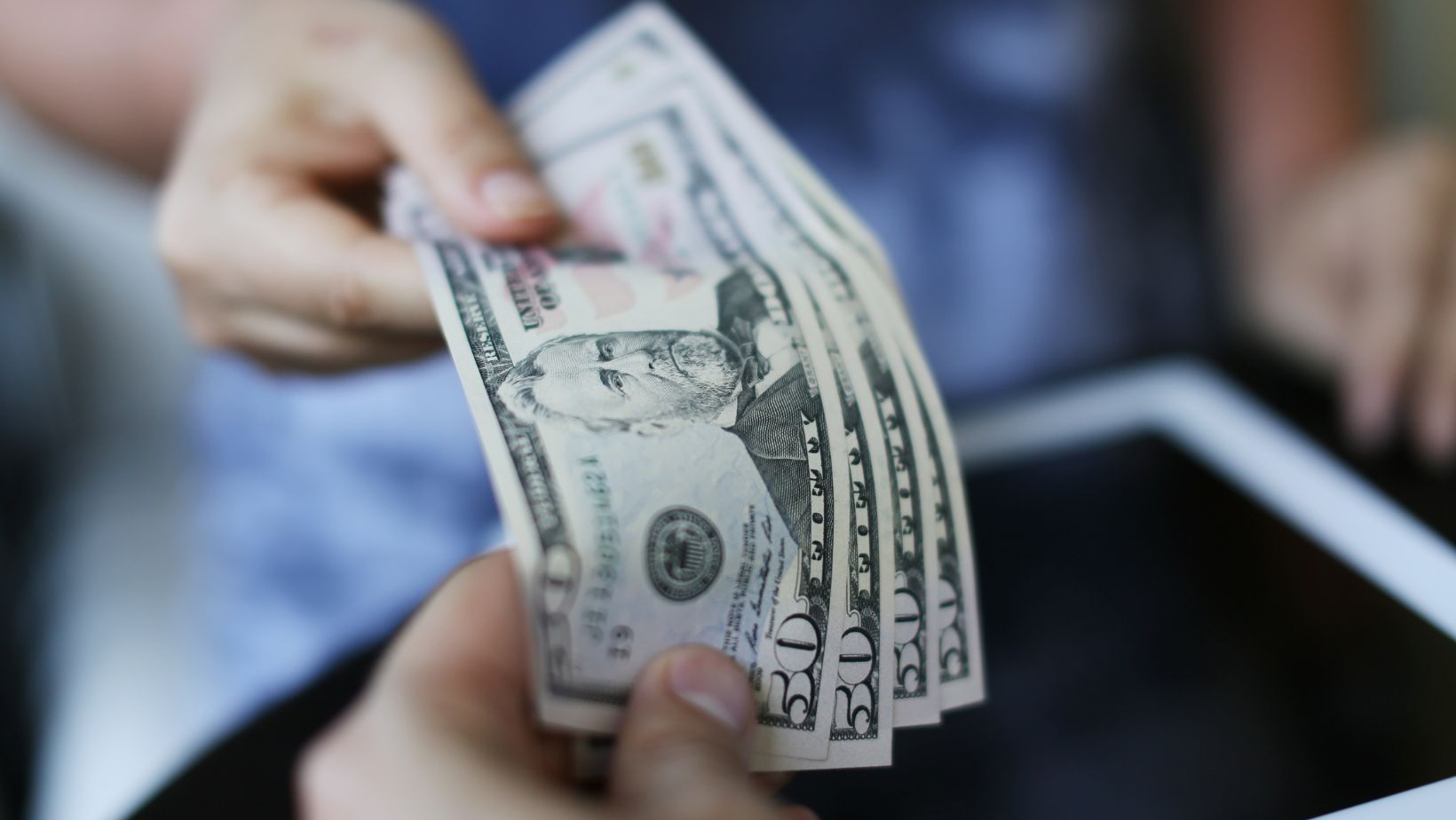Do you become frustrated by the financial losses you experience when you send money back to the Philippines?
Most people pay too much for their money transfers while remaining unaware of their excessive costs. And it’s costing them big time.
Since the United States provides over 40% of remittance funds to the Philippines, discovering the most efficient method to send money from the USA to the Philippines has become an essential necessity for millions of families.
But here’s the good news…
Learning essential strategies enables you to significantly boost the amount of your money that reaches family members in the Philippines.
What You’ll Get From This Guide
- Why Exchange Rates Matter When Sending Money
- Hidden Fees That Eat Into Your Transfers
- Digital vs Traditional Money Transfer Methods
- Best Times to Send Money for Maximum Value
- Comparing Top Money Transfer Services
Why Exchange Rates Matter When Sending Money
The exchange rate between US dollars and Philippine pesos fluctuates constantly which affects the final amount recipients receive.
In mid-April 2025 the mid-market exchange rate stood at 1 USD = 57.24 PHP yet it has fluctuated between 55.900 PHP and 55.320 PHP during recent weeks.
What does this mean for you?
A single peso change in the exchange rate can cost your family thousands of pesos when sending large amounts of money.
Here’s what most people don’t realize:
The exchange rate you see on Google is rarely the rate you’ll actually get when you send money to The Philippines. Money transfer services frequently charge extra fees by adding a markup to the mid-market rate which serves as a hidden charge.
For example, if you’re sending $1,000:
- Using the true mid-market rate of 57.24 PHP means your family would get ₱57,240.
- They would receive only ₱55,520 when using a rate with a 3% markup of 55.52 PHP.
The ₱1,720 difference represents a substantial amount that could cover a week’s worth of groceries in various locations across the Philippines.
Hidden Fees That Eat Into Your Transfers
Exchange rates are just the beginning. Various services levy extra fees that can substantially decrease the amount your recipient receives.
Here’s what to watch out for:

- The upfront transfer fees range from $0 to $50 based on service and transfer amount.
- A number of banks in the Philippines levy charges upon recipients when they collect money transfers
- Conversion fees frequently come disguised within the exchange rate.
- A majority of providers add surcharges when payments are made through credit cards.
Evaluate your transfer expenses by comparing the total pesos received to the dollars you initially sent.
The formula is simple: The real value of your transfer becomes apparent when you divide the amount received in PHP by the amount sent in USD.
Let’s say you’re sending $500:
- Service A charges a $15 fee with an exchange rate of 56.50 resulting in ₱27,392.50.
- Service B has no transfer fee and converts $1 to ₱27,875 at an exchange rate of 55.75.
Despite Service B’s lower exchange rate your family would still receive ₱482.50 more.
Digital vs Traditional Money Transfer Methods
The remittance sector has undergone significant transformation in recent years. Digital transfers and cash-originated transactions are now nearly equally divided which provides you with more options than before.
Traditional methods include:
- Bank-to-bank transfers
- Money transfer companies that have physical sites include Western Union and MoneyGram.
- Money transfers to the Philippines can also be accomplished via friends or family who travel there and send cash.
Digital methods include:
- Online money transfer services
- Mobile apps
- Digital wallets
- Cryptocurrency transfers
The biggest advantage of digital methods? Digital money transfer methods usually provide customers with more favorable exchange rates combined with reduced transaction fees.
The latest data reveals a 2.7% annual growth in cash remittances to the Philippines which reached USD 2.72 billion in February 2025. The United States generates 40.9% of all remittances to the Philippines which allows American senders to leverage their economic power to negotiate improved service options and exchange rates.
Ideal Times to Send Money for Maximum Value
The transfer timing can greatly impact the amount recipients receive.
The USD to PHP exchange rate experiences changes due to multiple factors.
- Economic indicators in both countries
- Federal Reserve announcements
- Philippine Central Bank policies
- Global economic events
Although perfect market timing is unattainable, people can implement basic strategies to improve their financial outcomes.
- Track exchange rates: Utilize applications and online platforms to keep track of exchange rate trends through time.
- Set rate alerts: Various services will notify you once the exchange rate hits your specified target.
- Avoid end-of-month transfers: During periods when many people send remittances home, money transfer rates tend to drop.
The Bangko Sentral ng Pilipinas data shows a 2.9% rise in personal remittances from Overseas Filipinos reaching USD 3.24 billion during January 2025. The increasing value of transfer optimization demonstrates its rising significance for maximizing return from transactions.
Comparing Money Transfer Services
What factors help determine the most suitable money transfer service for sending funds to the Philippines?

Selecting the best service requires evaluating your specific circumstances.
- What is the required speed of the money delivery?
- How will your recipient collect the funds?
- How much are you sending?
- How are you paying for the transfer?
Here’s a quick comparison of popular services:
Online Specialists:
- Often offer the best exchange rates
- Low or no fees for larger transfers
- Typically take 1-3 business days
Traditional Services:
- More options for cash pickup
- Faster transfers (sometimes within minutes)
- Higher fees and worse exchange rates
Banks:
- Most secure but slowest option
- Highest fees and worst exchange rates
- Familiar and trusted
When evaluating services, examine both the transfer fee and the complete sum your recipient will receive after accounting for any fees and exchange rate markups.
Cryptocurrency and Alternative Transfer Options
The remittance industry is undergoing transformation as stakeholders explore alternative payment forms such as stablecoins and cryptocurrencies.
Crypto transfers represent an emerging technology that presents several possible benefits.
- Lower fees (sometimes under 1%)
- Faster transfers (minutes instead of days)
- Access for the unbanked
However, they also come with challenges:
- Complexity and technical barriers
- Volatility (though stablecoins address this)
- Limited acceptance in the Philippines
Tech-savvy senders looking to transfer funds can use stablecoins tied to the US dollar as an alternative to traditional methods to achieve substantial savings on large transactions.
Making Your Money Go Further
Each peso matters when transferring money from the USA to the Philippines. Your funds provide maximum value to your loved ones when you understand exchange rates and avoid hidden fees while selecting the best service and timing your money transfers strategically.
Remember these key points:
- When evaluating money transfer services consider the entire received amount instead of only looking at the transfer fee.
- Be aware of extra charges hidden within exchange rate markups.
- Consider digital services for better rates
- Time your transfers when possible
Researching each transfer thoroughly remains your primary responsibility. As exchange rates and fees fluctuate over time the best money transfer service you use today might not remain optimal next month.
Wrapping Up The Money Transfer Guide
Transfer of money to the Philippines can be both simple and affordable. An understanding of transfer factors combined with option comparison will enable you to save substantial money throughout your transactions.
Maximizing remittance value ensures your funds reach their intended destination for family support, property investment, or business funding which benefits everyone.
What methods have you discovered to reduce costs in remittance transactions? What services have worked best for you? Through sharing experiences the Filipino community benefits from their hard-earned money because of the ever-changing landscape.



